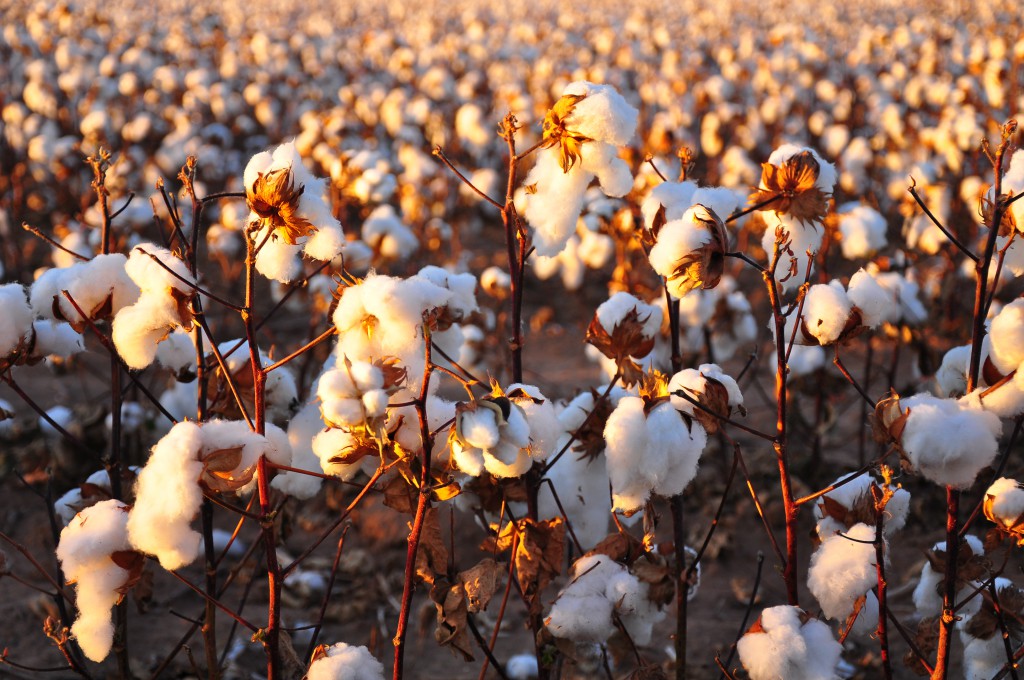It is that time of year again. Time for fall festivals, football games, pumpkin patches, and it is time to harvest our row crops! This year producers have faced dry climates, extreme periods of wet weather, late plantings, and setbacks in insect and disease management. Corn harvest is underway and, across the board, yields seem to be slightly lower when compared to the past two years. Several cotton fields are blooming out the top of the plant and are beginning to cut out, while others still have a good bit of growing to do. With that, there has been discussion of defoliation techniques and management practices for the remainder of the season. Determining maturity and when to “pull the trigger” in corn and cotton harvest tend to be easier to notice versus deciding when to dig peanuts. The value of a farmer’s peanuts is determined by the grade and yield. One key factor in harvest and potential grade and yield is timeliness. With a wide range in planting dates this year and variable maturity dates between peanut varieties, it is more critical than ever to evaluate peanut maturity.

There are several factors that come into play when determining when to dig your peanut crop including days after planting, weather forecast, total acreage, vine health, disease pressure, and variety. Typically, we strive to dig peanuts when they reach 140-150 days after planting. However, planting dates and weather conditions will play an integral part in this. As we progress through the season, cooler temperatures will slow the rate of maturation leaving us with tedious decisions to be made. Research by scientists with the National Peanut Research lab show digging three weeks too early or too late can result in a 30 percent reduction in yield potential. Premature harvest also reduces the grade of the peanuts. It is critical to dig peanuts when optimal maturity is reached to maximize both the yield and grade of peanuts, which will results in maximizing profits for producers.
Burke County Cooperative Extension offers peanut maturity evaluations to area producers to help determine optimum harvest dates for their crop. Pod maturity can be determined by scrapping away the outer hull layer or blasting the layer away with a pressure washer to reveal the “saddle” of the peanut. As the peanut matures the saddle will darken from white/yellow to brown/black. More mature kernels will become orange and loose in the hull. During a “peanut blast” a representative sample of approximately 200 peanuts will be placed on the Peanut Maturity Chart. This chart will help us determine the maturity of that particular field and about how many days are left before digging.

We will begin blasting peanuts on September 17th. We will try to begin each day at 8:30.
Monday- Dixon Peanut
Tuesday- Mike & Randy Chandler’s Shop
Wednesday- Burke County Office Park
Thursday- Chris Mallard’s Shop
Until that time, if you would like us to check your crop, give us a call at the Extension Office (706)554-2119,
or call our cell phones directly.
In order for the peanut maturity check to run efficiently and allow for the best results, we ask that you bring in acceptable plant samples representing your field as a whole. Be sure to sample across the field keeping predominant soil type, irrigation and other factors in mind. The projected digging date is only as accurate as the sample you provide. Be sure to check for any peanuts that may come off as you pull the sample. We ask you to bring in your plant samples, and allow us to pull pods for you in order to check vine health as well.
Note the field you pulled your sample from, when those peanuts were planted and the variety. Also, it is important to keep your samples from different fields separate.
